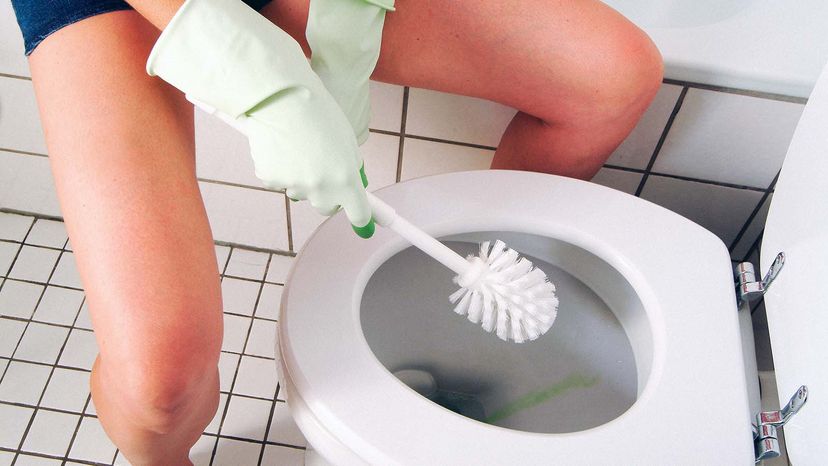
Are you tired of seeing unsightly toilet stains that just won't budge? Learning how to clean toilet stains effectively is not just about maintaining a pristine bathroom but also about ensuring hygiene and freshness. From stubborn mineral deposits to unappealing mold stains, your toilet bowl can harbor a variety of blemishes. But fret not! This comprehensive guide will walk you through effective and safe methods to achieve a sparkling clean toilet.
Advertisement